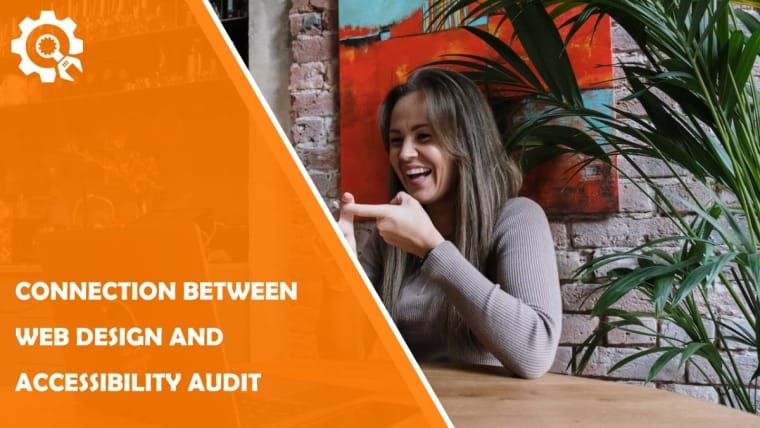Web design is essential to creating a successful online presence, but it isn’t just about making a visually appealing website. It’s also about making sure it’s accessible to all users, regardless of any disabilities they may have. An accessibility audit can put you on the right path to accomplishing this.
What is an Accessibility Audit?
The purpose of an accessibility audit is to identify potential issues preventing people with disabilities from using a website. In addition, it evaluates a website or application to ensure it complies with the Web Content Accessibility Guidelines (WCAG) and other accessibility standards.
Why is Accessibility Important?
Accessibility is vital for many reasons. Most importantly, it’s a legal requirement and helps ensure everyone can access and use your website or application. This principle of inclusivity is especially crucial to people with disabilities, such as those who are blind or have low vision, deaf or hard of hearing, or those with mobility impairments.
Accessibility also helps create a positive user experience for everyone. If a website or application isn’t accessible, it can be difficult or even impossible for people with disabilities. This poor experience can lead to frustration and prevent these users from navigating the website or app altogether.
How Does Web Design Impact Accessibility?
As we’ve pointed out, a poorly designed website can be challenging to navigate and use, making it difficult or even impossible for people with disabilities. Additionally, any website not built with accessibility in mind can make an accessibility audit more difficult and time-consuming.
It’s crucial to consider accessibility right when you start developing a website. To that end, it’s best to use semantic HTML and proper coding techniques, like descriptive labels for form fields and buttons and providing alternative text for images. Additionally, ensuring the website is responsive and compatible with various devices and browsers is also vital.
How Does an Accessibility Audit Help?
An accessibility audit helps ensure your website is legally compliant and usable by all people, regardless of their abilities. In addition, this approach identifies potential barriers for people with disabilities. Moreover, an audit can pinpoint areas of improvement where assistive technology (e.g., screen readers) can help. Finally, an audit can help identify potential code issues, such as missing or incorrect elements.
Conclusion
Web design and accessibility audits go hand in hand. That’s why it’s best to make accessibility a priority when you start the development process. By creating a website with accessibility in mind and conducting an accessibility audit, you can help accommodate users of all abilities. This approach is legally wise, better for business, and simply the right thing to do for our fellow citizens.
